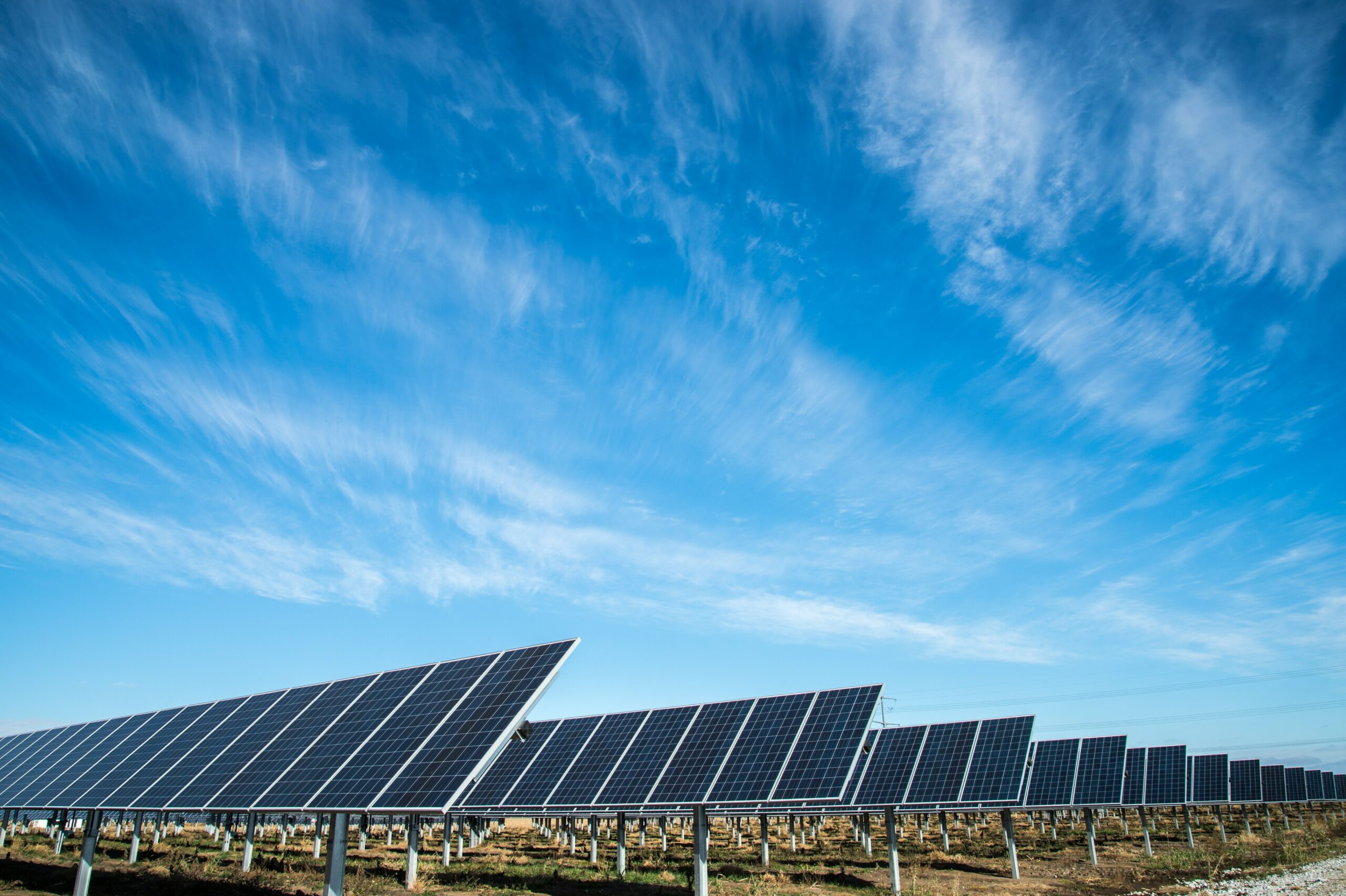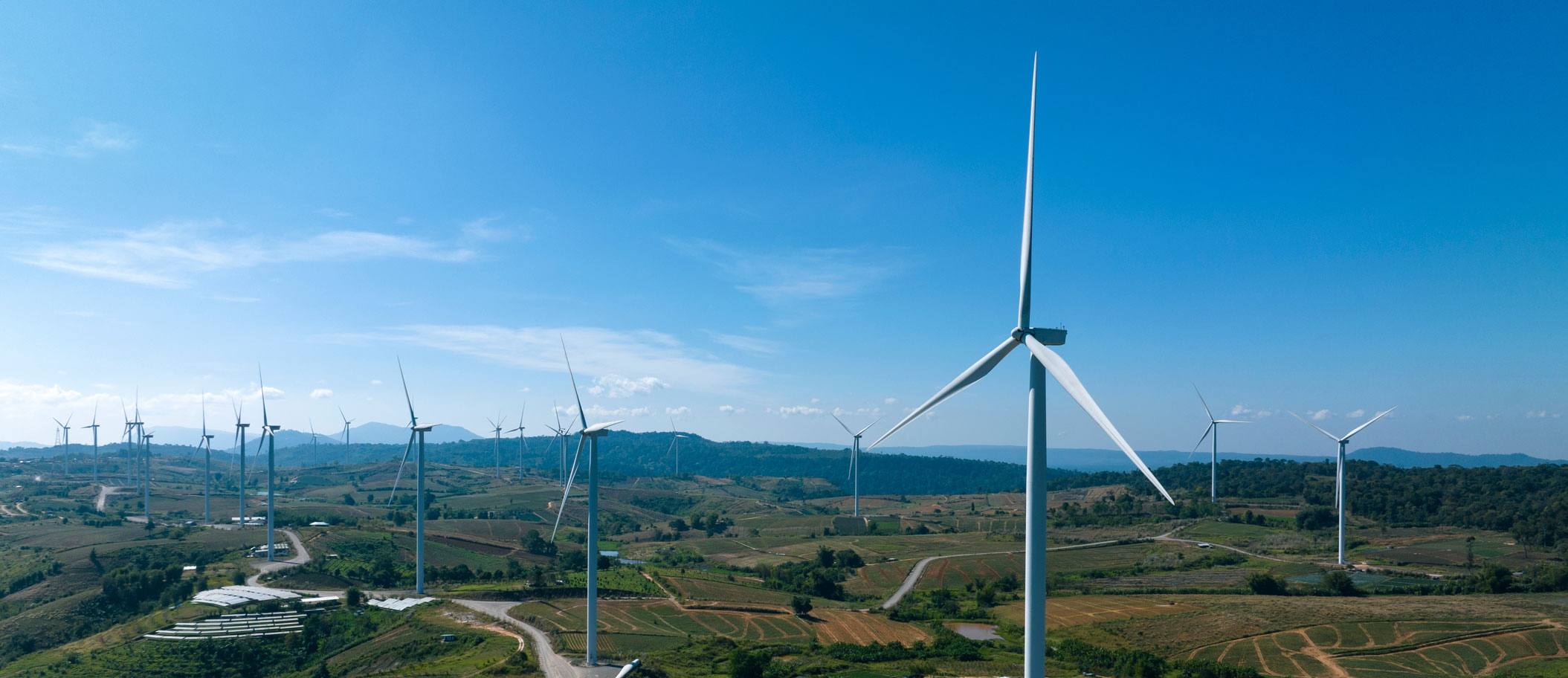
The science of climate change is well established and now accepted by many organisations and consumers alike. Human activities are the main cause of a concentration of greenhouse gases in the earth’s atmosphere, resulting in an increase in average global temperatures that are causing myriad negative effects and impacts on the natural environment.
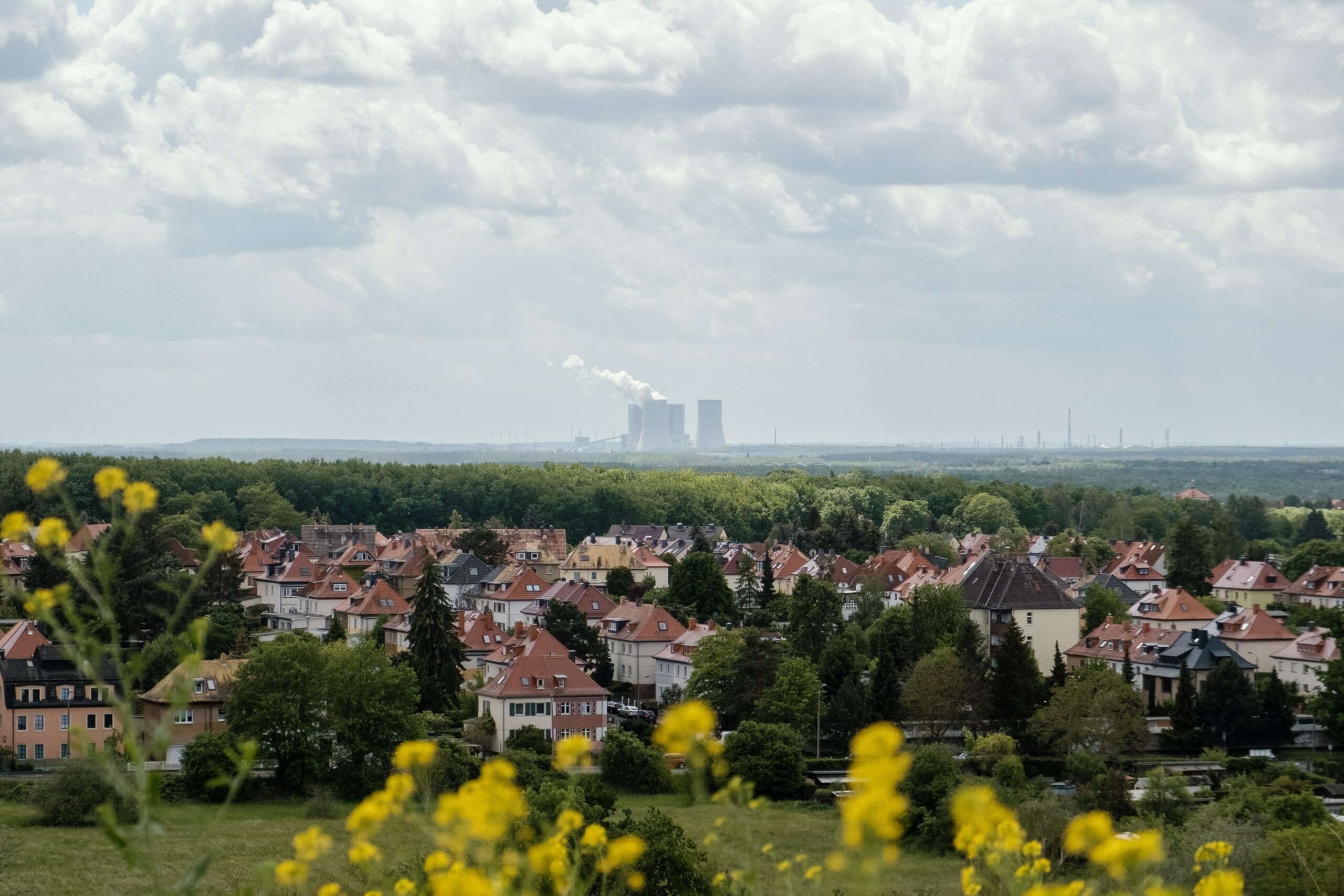

Amid this climate emergency, many businesses are now committed to taking responsibility for, and seeking to limit the negative impact of, their operations on the environment. The scale of this impact will vary significantly depending on business type, size and location, but every aspect of operation can potentially be improved upon, performed in a more sustainable or greener way. Every small change adds up, resulting in positive outcomes for your business and the environment alike.

Consumers are increasingly choosing to live more sustainable lifestyles, being more particular than ever before about the brands, products and services they support. This is especially the case with younger age groups, with studies showing they also eat out more often than other groups and spend more while doing it.
The “values” which a business acts on and publicises are increasingly the deciding factors for consumers choosing where to dine, what to eat, how to travel and which hotels to stay in.

Unprecedented volatility in wholesale energy prices continue to exceed record highs, with business energy rates most severely affected. Providers aren’t in a position to issue quotes with much accuracy in the current climate, with bills expected to increase anywhere between 150 to 250% compared to a couple of years ago. One thing they do all agree on is that significantly higher energy costs are coming, and are likely to stay.
As such, equipment procurement based around energy efficiency and total life costs has never been more important.
If you have commercial refrigeration equipment in your business, you should urgently review how much it is costing you to operate.
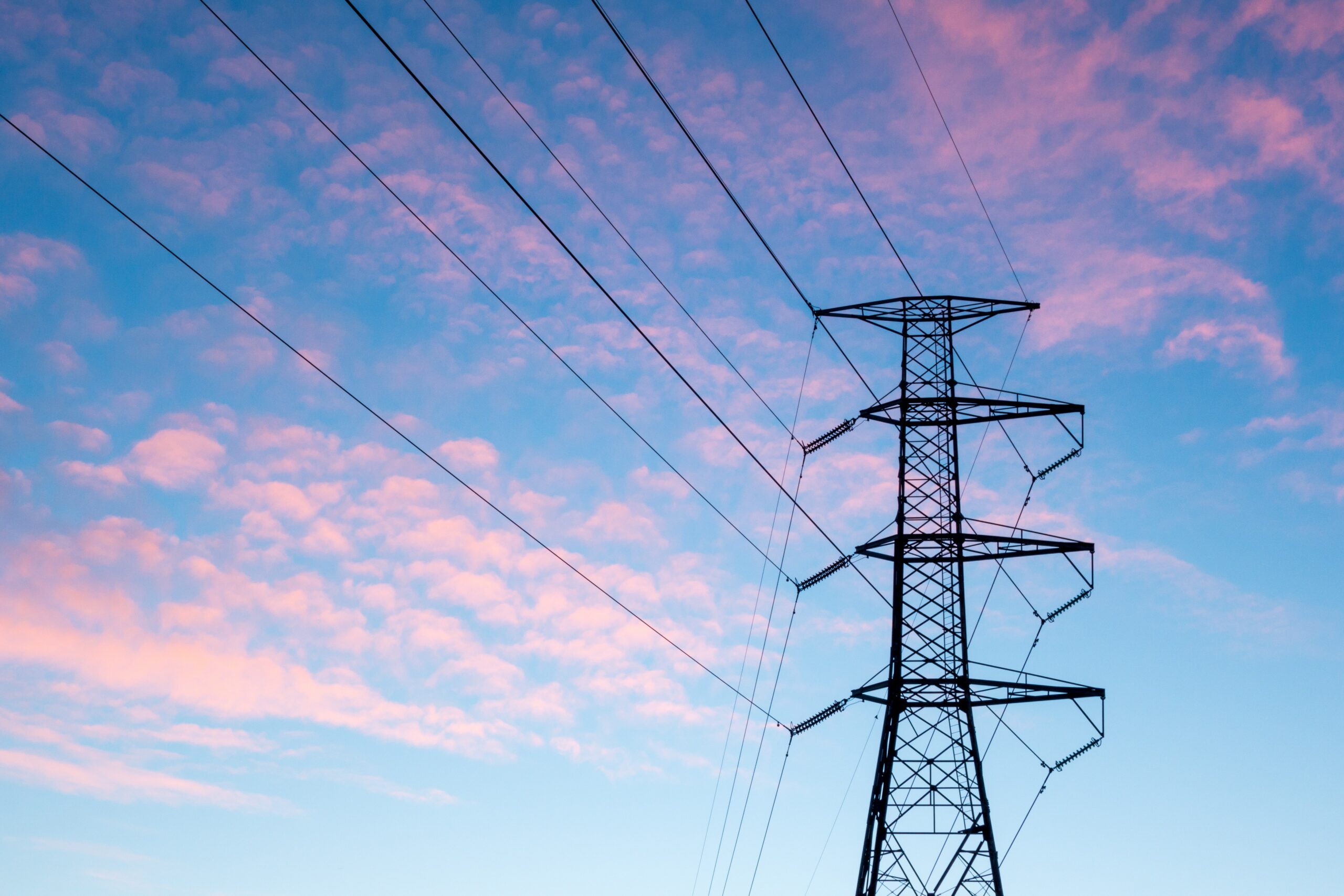
In 2020, electricity used in Europe generated from renewable sources (typically wind and solar) accounted for just 38% of the total usage. Although this figure overtook fossil fuel (coal) generated electricity for the first time (37%), the transition is not accelerating fast enough to reach the EU’s ‘55% greenhouse gas reductions by 2030’ and ‘climate neutrality by 2050’ goals.
Increasing the amount of electricity produced through renewable means is one route to achieving these targets. Another is reducing demand for supply, through more energy efficient equipment. This is one of the justifications behind the Energy Labelling which is now mandatory on many commercial refrigeration products.
